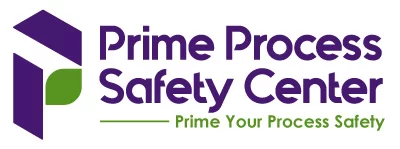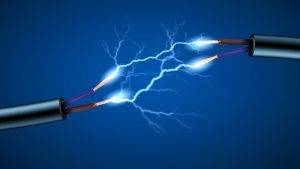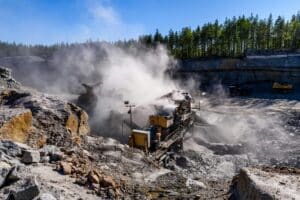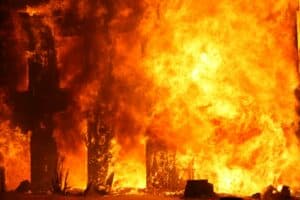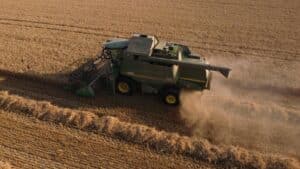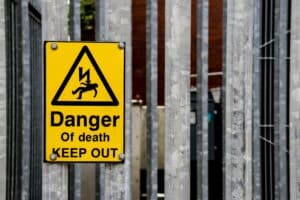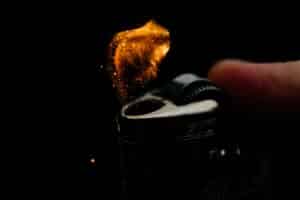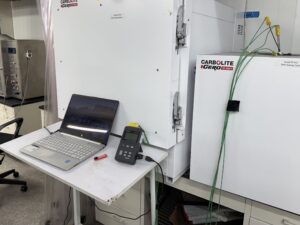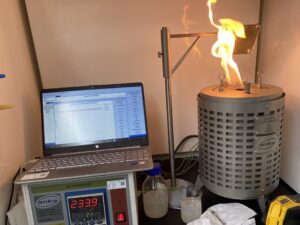Introduction
The metal industry encompasses a wide range of processes involving the handling, processing, and fabrication of various metallic materials. While these operations are vital for manufacturing essential products and components, they also present inherent risks, including the potential for combustible dust hazards. Therefore, understanding and managing these hazards is paramount for ensuring the safety of personnel, protecting assets, and maintaining operational continuity. In this article, we will explore the complexities of combustible dust hazards in the metal industry, examining their sources, characteristics, mitigation strategies, and regulatory considerations.
Common Sources of Combustible Dust in Metal Processing Facilities
Metal processing facilities—like foundries, machining shops, and recycling plants—often generate combustible dust that poses serious safety risks. To address these risks effectively, identifying frequent sources is essential, as it enables facilities to implement proper dust control measures and protect workers.
- Metal Processing Operations: Cutting, grinding, polishing, and machining create fine metal particles that settle on surfaces, equipment, and vents, increasing fire and explosion risk.
- Welding & Thermal Cutting: Sparks, slag, and metal oxides can become airborne, and accumulated dust on equipment adds to ignition hazards.
- Powder Handling: Conveying, mixing, and handling metal powders in 3D printing and powder metallurgy can form explosive dust clouds.
- Coatings & Finishes: Sanding or spraying metal coatings and paints generates dust with metallic pigments or solvents that may ignite.
- Casting & Foundry Work: Dust is released during mold creation, shakeout, and metal pouring processes.
- Metal Finishing: Buffing, polishing, and abrasive blasting produce fine metal and media dust.
- Recycling Operations: Shredding, crushing, and sorting scrap metal release dust particles into the air.
- Smelting & Refining: Heating, melting, and purifying metals generate hazardous dust and fumes.
- Additive Manufacturing: Handling powders and printing metal parts layer by layer creates fine combustible dust.
- Surface Preparation: Shot blasting and chemical etching generate dust and fumes from metal surfaces and treatment reactions.
- Material Handling: Dust is released during conveyor transfer and bulk loading or unloading of metal materials.
Characteristics of Combustible Metal Dusts
Combustible metal dusts exhibit specific characteristics that influence their ignition and explosion properties. Some key characteristics include:
- Particle Size Distribution: The size distribution of metal dust particles plays a crucial role in determining their explosibility. Finer particles have a higher surface area-to-volume ratio, making them more prone to ignition and combustion.
- Chemical Composition: Metal dusts may contain various metals and alloys with different ignition and combustion characteristics. Some metals, such as aluminum and magnesium, are particularly reactive and can ignite spontaneously in the presence of oxygen.
- Moisture Content: Moisture content in metal dusts can affect their reactivity and explosibility. Dry metal dusts are more prone to combustion, while moisture-laden dusts may exhibit reduced ignition sensitivity under certain conditions.
- Surface Contamination: Surface contaminants such as oils, greases, and other organic materials can coat metal dust particles, affecting their ignition properties and explosibility. Contaminated dusts may exhibit lower ignition temperatures and increased sensitivity to ignition sources.
Mitigating Combustible Dust Hazards in the Metal Industry
Effective management of combustible dust hazards in the metal industry requires a multi-faceted approach encompassing prevention, mitigation, and control measures. Some key strategies include:
Engineering Controls
Implementing engineering controls to minimize the generation, dispersion, and accumulation of combustible metal dusts. Engineering controls may include:
- Enclosure & Ventilation: Enclose equipment and use local exhaust systems to capture dust at the source.
- Dust Collection: Install dust collectors with proper filters to contain metal dust before it spreads.
- Explosion Protection: Use vent panels or suppression systems to control pressure and extinguish explosions.
Housekeeping Practices
Maintaining robust housekeeping practices is essential to minimize the accumulation of combustible metal dust in the workplace. To achieve this, housekeeping measures may include:
- Regular Cleaning: Conducting routine cleaning of surfaces, equipment, and ventilation systems to remove accumulated dusts and prevent their buildup.
- Spill Response Procedures: Implementing procedures for promptly cleaning up spills and leaks of metal dusts to prevent potential ignition sources and reduce fire and explosion risks.
- Waste Management: Properly disposing of collected dusts and waste materials in accordance with regulatory requirements and industry best practices to minimize fire and explosion hazards.
Training and Education
Provide comprehensive training to personnel in metal processing to raise awareness of combustible dust hazards and promote safe practices. Training should cover:
- Hazard Recognition: Teach employees about the fire, explosion, and health risks of metal dust.
- Safe Handling: Instruct on proper handling, storage, and disposal of metal dust and waste.
- Emergency Response: Conduct drills to prepare for dust-related emergencies, including evacuation, firefighting, and first aid.
Hazard Assessment and Management
Conducting comprehensive hazard assessments to identify and evaluate potential combustible dust hazards in metal processing operations. Hazard assessment activities may include:
- Dust Hazard Analysis (DHA): Performing DHAs to identify dust hazards, assess their severity and likelihood, and develop appropriate control measures to mitigate risks.
- Job Hazard Analysis (JHA): Conducting JHAs to evaluate specific tasks and activities involving metal dusts and identify potential hazards, ergonomic concerns, and safety controls.
- Risk Management Strategies: Implementing risk management strategies to prioritize and address identified hazards, including risk reduction measures, administrative controls, and process modifications.
Regulatory Considerations and Compliance
Compliance with relevant regulatory standards and guidelines is essential for ensuring the safety and health of workers and maintaining regulatory compliance. In the United States, regulatory agencies such as the Occupational Safety and Health Administration (OSHA) and the National Fire Protection Association (NFPA) establish standards and guidelines related to combustible dust hazards in the metal industry. Some key regulatory considerations include:
- OSHA Combustible Dust Standard (29 CFR 1910.307): OSHA’s Combustible Dust Standard sets forth requirements for managing combustible dust hazards in general industry, including metal processing operations. The standard outlines specific provisions for dust hazard assessments, housekeeping, equipment design, ventilation, and employee training.
- NFPA Standards: The NFPA publishes several standards and guidelines related to combustible dust hazards, including NFPA 484 (Standard for Combustible Metals), NFPA 652 (Standard on the Fundamentals of Combustible Dust), and NFPA 654 (Standard for the Prevention of Fire and Dust Explosions from the Manufacturing, Processing, and Handling of Combustible Particulate Solids). These standards provide comprehensive guidance on managing combustible dust hazards in various industries, including metal processing.
Conclusion
Navigating combustible dust hazards in the metal industry requires a proactive approach that includes hazard identification, risk assessment, and effective controls. By understanding the sources, properties, and mitigation strategies of combustible metal dust, organizations can reduce the risk of fires and explosions while maintaining a safe work environment. Adhering to regulations is key to protecting workers and ensuring compliance. With ongoing training, vigilance, and improvement, the industry can manage dust hazards and maintain operational safety.

